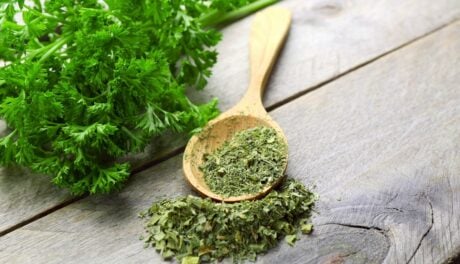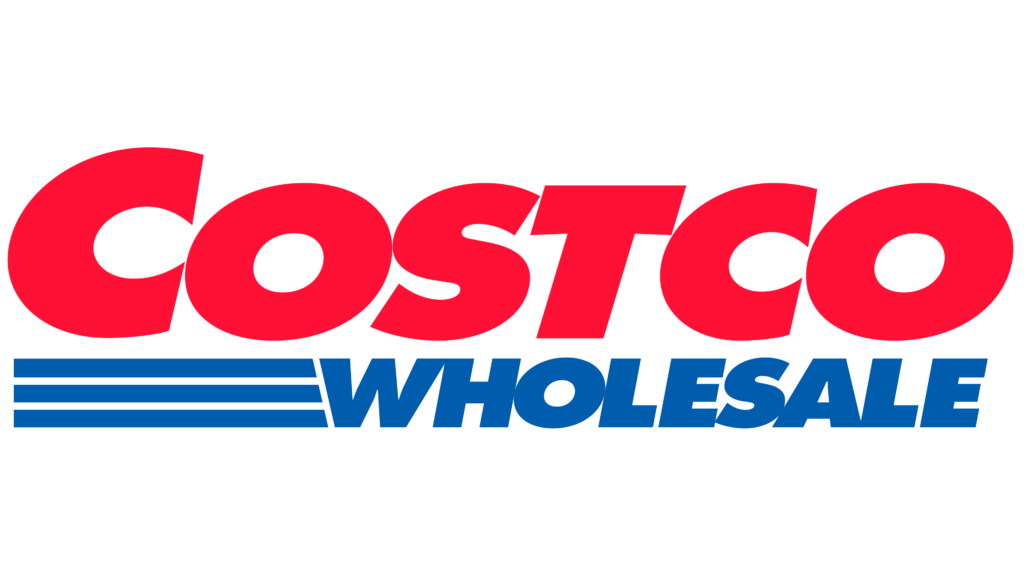
Gluten-free alternatives are all the craze at the moment. And coconut flour is one of the frontrunners of the innovative journey to healthier products.
But coconut flour is only one coconut ingredient currently flooding the market. And while the demand for coconut products has led to extensive growth for coconut farmers, the question is whether the supply and demand relationship is a sustainable one, and how this increased demand is affecting communities and the environment.
Why is coconut flour such a popular wheat alternative?
Coconut flour is one of the leading alternatives to wheat flour in the gluten-free market. And what makes coconut flour such a popular alternative to wheat flour is its low-carb/high-protein profile which is packed with fiber and healthy fats. The hint of coconutty taste it adds to products gives it a unique edge over other flours in certain cases.
As you’d expect, coconut flour is made from the meat of the fruit – the white inner part. And the process is rather simple: the milk is extracted, the coconut meat is dried at a low temperature, and finally, the dried-out meat is crushed until it’s a fine powder. This low-process preparation is what helps ensure that the final product retains so much of its natural goodness.
A 100g serving of coconut flour can contain up to 45 grams of fiber, putting it squarely above wheat flour that contains only about 10 grams for the same serving size. But more than fiber, coconut flour is also rich in protein and natural fats while maintaining a low-carb profile. And most importantly, it’s gluten-free.
But why are gluten-free products so trendy right now? And why does it seem like gluten intolerance is on the rise all of a sudden?
Understanding the gluten-free craze
“Is that gluten-free?” Even Marvel Legends’ interactive Deadpool head seems to be struggling with the same gastronomical trouble that 6% of the American population is living with. But unlike the majority of troubles the Merc With A Mouth faces, gluten intolerance doesn’t need mutant-level superhuman healing to manage. Although Ryan Reynolds’s sense of irony and sarcasm will make the bloated results more bearable.
But whether you’re living with full-blown celiac disease (which affects only 1% of the US population) or a slight case of gluten sensitivity, gluten intolerance is something you can’t ignore anymore. Especially not with the flood of GLUTEN-FREE stickers everywhere. (When chocolate bars – a confectionary item that does not naturally contain gluten – begin to promote their GLUTEN-FREE status, you know things are getting real.)
Now it would be easy to blame social media and diet trends for the buzz around gluten sensitivity, but the truth is that wheat products today do contain more gluten than they used to. It’s not a case of social contagion and trend-following, it’s an actual thing.
From newer varieties of gluten-rich wheat to the increased consumption of highly processed foods that are changing our stomachs, there are numerous contributing factors to the increase in gluten intolerance.
And it’s not something the ingredient industry has been lax to counter. Gluten-free starches have been around for centuries, especially in traditional recipes in areas where wheat cultivation isn’t prevalent. But thanks to the increased need for wheat flour alternatives, ingredients like tapioca starch and coconut flour have taken center stage in diets across the globe.
But instead of being used as one primary ingredient source, like the cassava root which is used primarily as a starch, coconut trees are the source of multiple coconut products. Flour, oil, milk, water, sugar, cream, and even activated charcoal – all of these can be obtained from one tree. You can’t beat that.
But for this all-in-one crop to survive, a few things have to change.
Considering more than the ingredient
Where primary export crops have the power to provide jobs and strengthen the economy of communities, exploitative business practices can harm the environment and upend the ecological balance of an area in equal measure. It’s a journey to sustainability.
Securing the next generation of coconut farmers
It’s because of the current boom of coconut products that the sustainability of the market is so important right now. Coconut farming has long been considered a heritage industry in countries like Indonesia, but that doesn’t mean the hard work of one generation gets passed down wholesale to the next.
Coconut trees reach a productive peak between 15 and 20 years, and slowly lose their productivity at about 30 years. So one of the reasons the industry is able to meet the demands of the international coconut craze is because the plantations are filled with trees that have been planted years ago.
But the crisis that is slowly drawing nearer is the fact that enough new plants aren’t being planted. Unilever’s forecasts indicated that coconut production could drop by as much as 80% in Asia by 2027 if drastic measures aren’t taken to address the sustainability of the plantations. That’s why replanting has become the topic of the day in the coconut industry, where the present generations of farmers are being educated on the importance of planting for the future.
The aging crisis in the coconut industry is a very real concern that is being actively combated by organizations like the Sustainable Coconut Charter, where the importance of sustainability and securing the future of the industry is the sole focus.
The Charter’s objectives are far from focusing solely on securing a reliable supply of an in-demand product. Their primary goal is to provide stability to the lives of thousands of workers whose primary form of livelihood depends on the sustainability of the coconut industry. Achieving this goal is only possible through educating the farming communities and helping them understand their place in a much larger ingredient ecosystem.
A vital part of that education and reassessment of the coconut farming processes is the realization that people aren’t the only living specimens affected by the industry’s high demand.
Creating a better future for farmers and animals
Beyond the farmers’ lives, there are also animal lives to consider. This may seem an odd inclusion if you haven’t been following PETA’s investigations into monkey labor in Thailand.
In a recent newsletter, PETA once again urged supporters and consumers to increase awareness regarding monkey labor in the Thai coconut market. Their 2022 report was released after an extensive six-month investigation following the continued use of monkey labor even after two previous investigations had urged Thailand authorities to step in.
Because of the continued animal labor, multiple brands and organizations have ceased doing business with Thai suppliers. This has brought one of the largest coconut industries in the world face to face with the vitality of change and securing the future.
It’s another vital reminder that ingredients don’t just affect end products. They affect the lives of farmers and communities to unimaginable lengths.
Let’s talk about the future, because that’s the only way to bring it about

Ingredients are the heart of our journey. They’re where your products begin and the key to new possibilities in both business growth and innovative recipes.
But it’s a journey that begins much closer to home, with people. And that’s where the future of the industry lies. With people that are working together to bring about a transparent, sustainable, and thriving future for farmers, brands, and consumers alike. Curious to know how we’re making this vision a reality? Reach out to our dedicated team members, Emi, Fran, or Eran, and let’s explore how we can shape the future together. For an up-close look at the ingredients that fuel this journey, dive into our catalog and uncover the endless potential that lies within.










